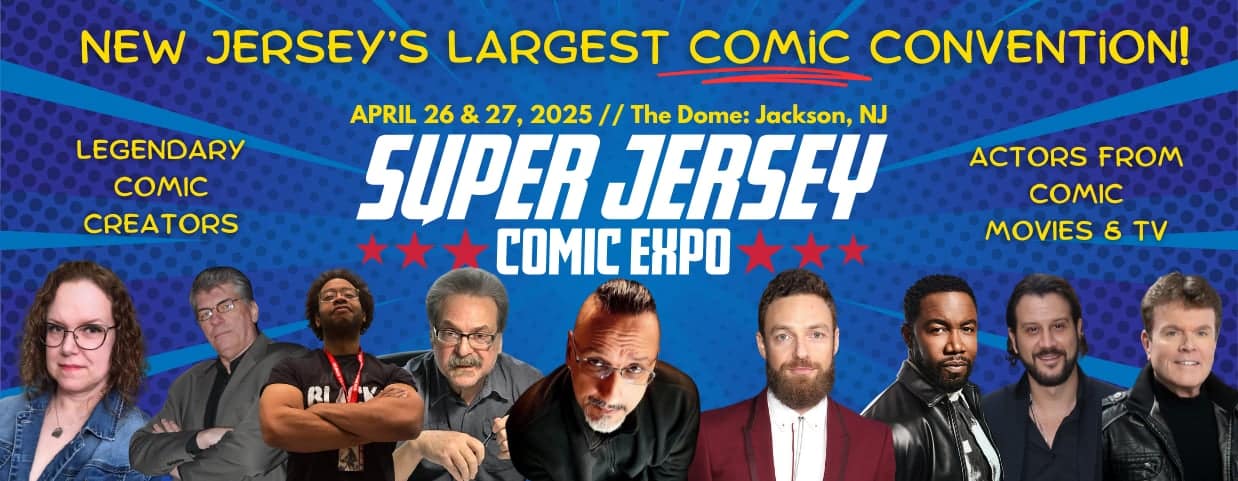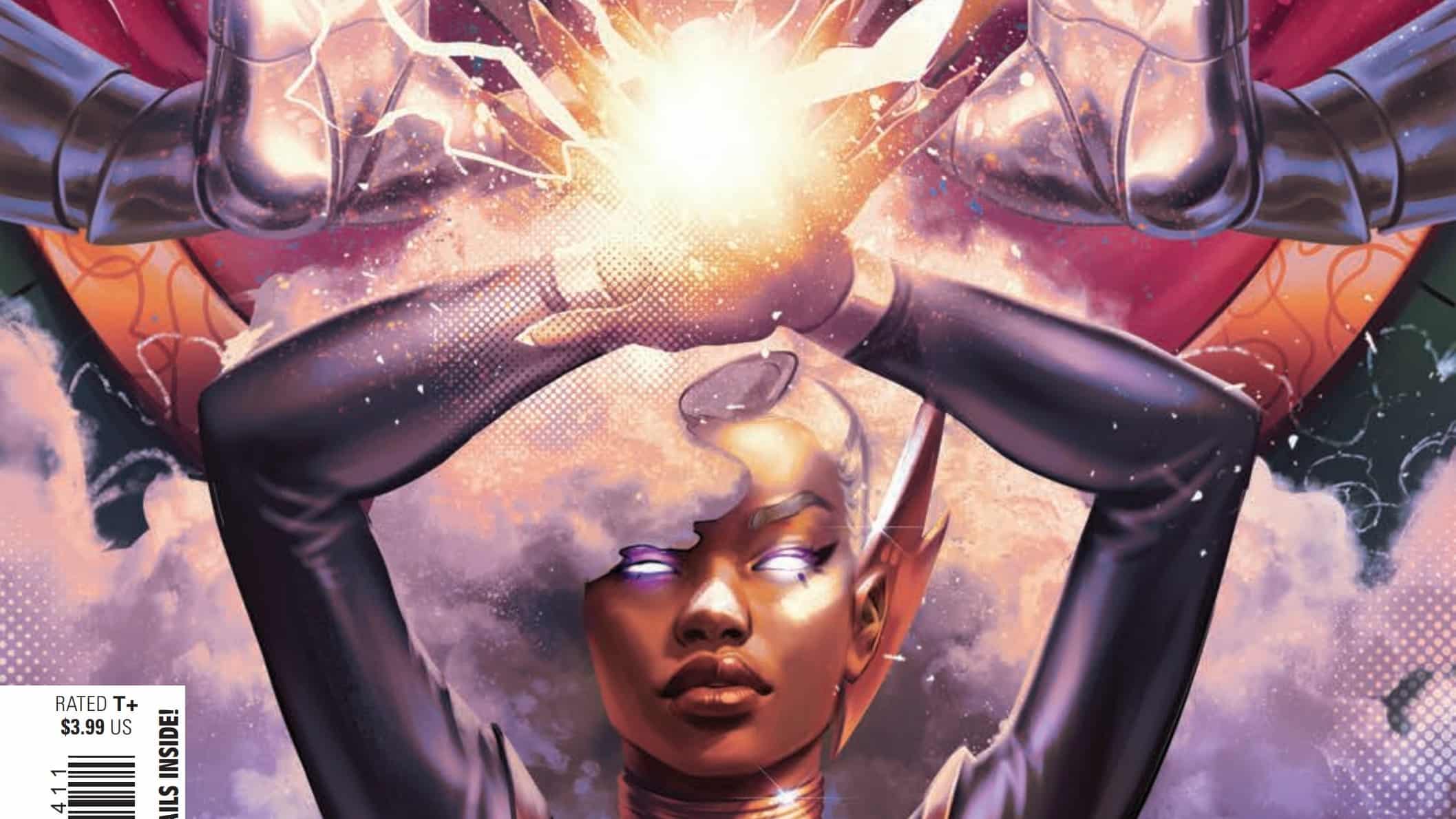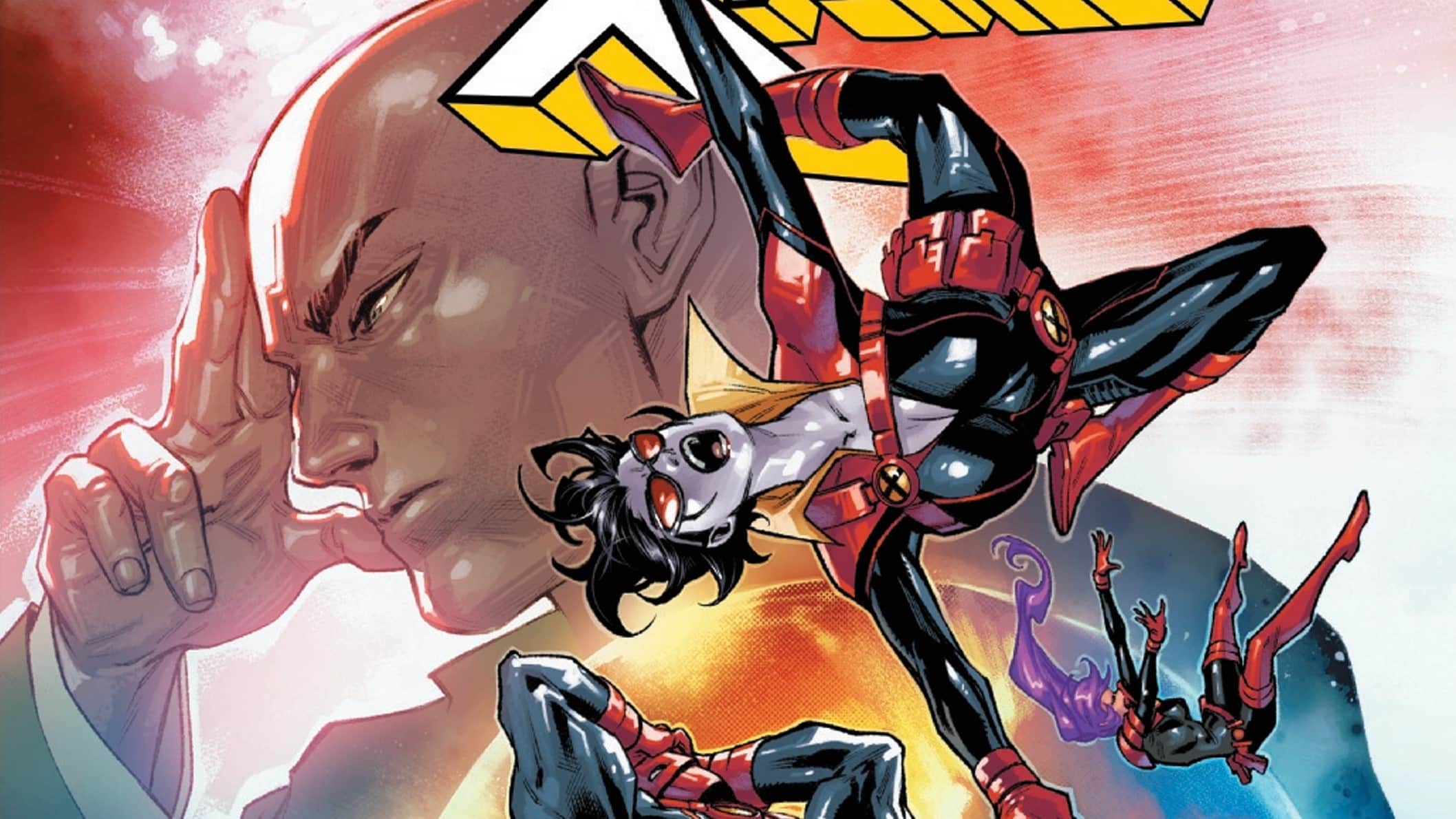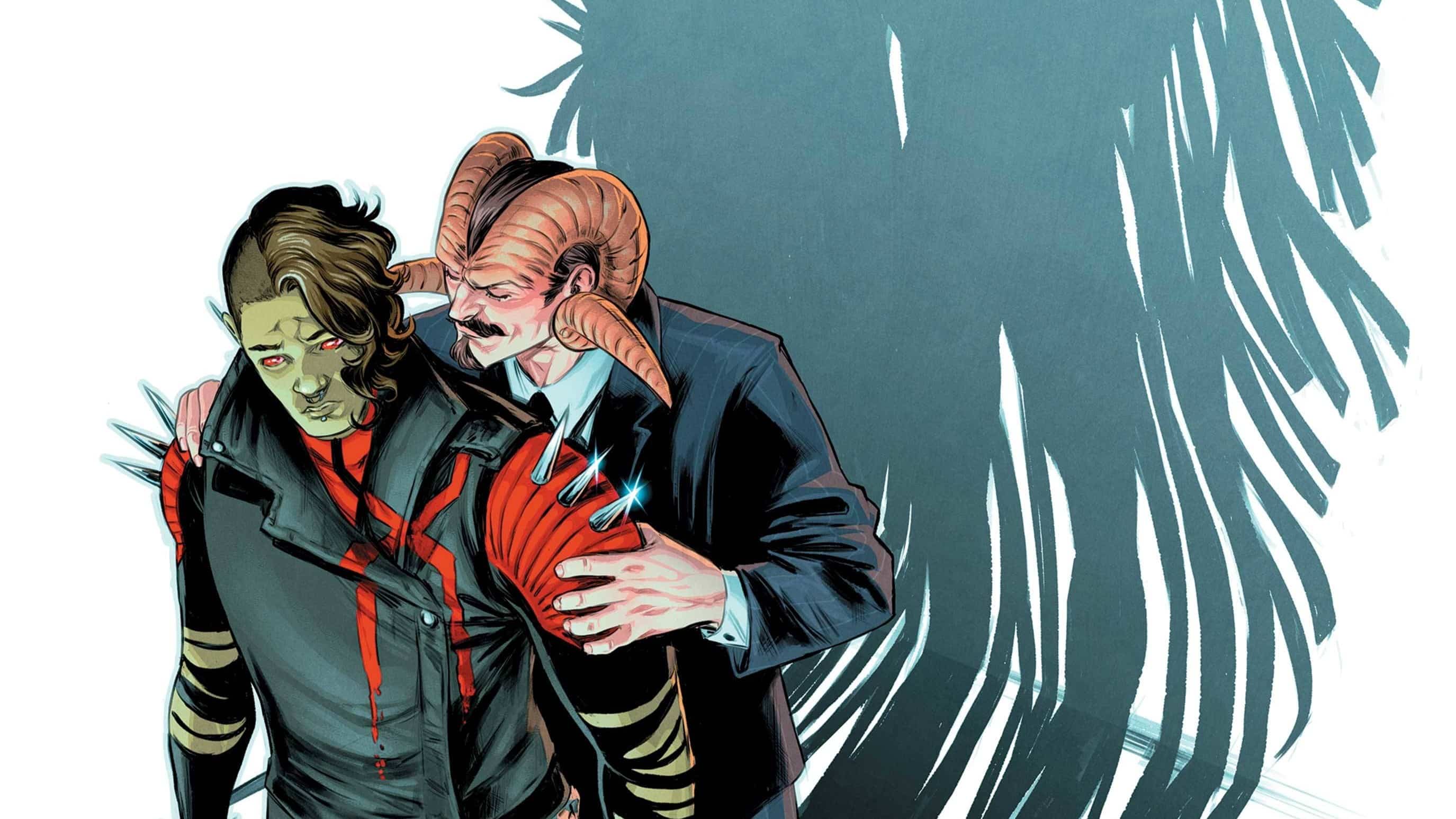Doctor Doom has special plans for Earth’s mutants. He would like to discuss them with Storm over fine cuisine and expensive wine. What could go wrong? Storm #4 is written by Murewa Ayodele, drawn by Lucas Werneck, colored by Alex Guimaraes and Fer Sifuentes-Sujo, and lettered by Travis Lanham.
Thinking is increasingly a luxury for the pretentious.
People are wont to cede their beliefs to an all-knowing algorithmic sire. If it doesn’t jibe with our preconceived notions, it’s not right; if it can’t be confirmed by ChatGPT or on TikTok (RIP?), then it’s not to be taken seriously.
I want to rail against this line of (non)thinking. So in reviewing Storm #4, I wonder: Is it even worth thinking anymore? Maybe I should just enjoy things as they are, for what they are, without the investment of anything deeper than surface-level thought.
So then, what would a thoughtless review look like?
Well, for starters, everything looks amazing. Storm consistently looks spectacular. From the opening sequence, with Storm curled in a green, womb-like orb, to her entrance in Doom’s abode, in a borrowed green dress; from her reunion with her deceased father on an astral plane, to her reincarnation by Eternity into something more, everything looks amazing.
The story itself is direct, poignant and fun. Of course Storm was summoned to meet Doom by a magical bird, on whom she rode for the occasion. Of course Storm and Doom flirted with each other, the megalomaniac again trying to court a queen over dinner, trying, again, to convince her (or himself) of his allyship, aptitude and abilities.
Of course Storm is suspicious; of course her suspicions are founded in fact, when Doom tries to kill, in front of her, a chef who had the misfortune of making a mistake in meal prep.
Of course Doom would push back her menial knife attacks. Of course she’d have to use her mutant abilities, risking her life to save another.
Of course she died, as readers are repeatedly reminded.

Death in comics is, well, comical. It’s rarely permanent, to the point where death feels like more of an impediment than anything else (which is why I loved the idea of The Five during Krakoa, turning the inevitable reincarnation into a plot point unto itself. But enough reminiscing about the old days.) Here, her death reunites her with her father, who, predictably to the point of cliche, tells her it’s not time for her to die yet.
And thus, the erstwhile X-man and current Avenger returns, apparently empowered to, uh, avenge her brief demise.
There is nothing wrong with any of this, mind you; on the contrary, much is right. Doom feels ominous, arrogant and kitschy, as he should. Ororo’s heroism at her own expense — a recurring theme here and throughout her history — is again revealed, but her sacrifice, though predictable, is still intriguing. Eternity, the deus ex machina of the comic so far, finally intercedes, giving her an apparent powerup that will almost certainly come at some sort of cost.
This is good comics!
But.
If I dared to think a little bit deeper, I’d have questions.
For instance, all of Storm’s interactions — maybe all of her actions — are directed by and in the service of men. She’s saved by Voodoo; she answers Doom’s call; she saves a nameless cook; she’s reincarnated by a male-presenting deity. (It’s unclear if Eegun is meant to be female presenting; the deity, which in Yoruba represents the collective of deceased ancestors, has elongated nails more commonly associated with women; the apparition, though, does not necessarily have a gender). She has little agency here, save acting in the service of men. As a comic about a Black woman whose internal monologue is already silenced, her inability to act in her own service feels insidious.
If you think about it.
And of those men. Doom is Sorcerer Supreme; surely he saw death surrounding her; surely he’d know — or already knew — about the limitations of her power, especially if he knew how the gumbo of her youth tasted. (And on gumbo — let me find out her father, David, has roots in New Orleans. We might be cousins!) Did he not know she would find the dessert unsatisfactory?
Eegun, in Yoruba, is not seen as malevolent. Was the malevolence here simply a ruse to bring her toward something greater? That Storm reflects on/with her ancestors upon her death — this does not feel coincidental. But if any of these actions is misdirection on Doom or Eegun’s part, I have to ask: Why must Storm sacrifice her body for something that could easily be granted by other means? This is maybe less of a textual question (the whole point of comic book heroes is to survive trials, I get it), but maybe more metatextual: Are we not tired of Black women being sacrificial lambs for the benefit of others? Yes, this is only a comic, but as a writer of a Black woman in this real world, in this time, in this particular climate, does the character (and those who identify with her, as her) not deserve a reprieve?

I know, I know, you’re rolling your eyes. It’s just a comic. It’s not that serious. Woke mind virus. Blah blah blah.
You’re thinking too much.
But if I did give in to thinking, I’d ask why a Yoruban god is here as opposed to an Egyptian or Kikuyu– or Luhya-derived god (maybe because the intercession was done on behalf of Voodoo; maybe because the writer is Nigerian); I’d ask why Storm didn’t think it wise or necessary to arm herself with magic; I’d ask why she decided to meet Doom alone without telling any of her mutant or Avenger friends where she was going and her limitations.
I’d ask why her borrowed dress has “property of Anna Marie” embroidered on it, given how little Rogue has used that name until very recently.
I’d ask why she’s in lingerie, with leggings that appear out of nowhere then disappear (she’s not wearing them with the dress). There is nothing wrong with being sexy. I’m sure the internet will love her body. But considering she’s already in the service of so many men in the comic, must she be in service of horny men (and women and nonbinary folk, fair!) outside the comic, too?
All these questions, I guess, are why my adoration for the comic begins and ends at the point of critical thought. There is much to like and love on the surface — Storm succeeds through her trials and tribulations, she ascends to something more; the comic is crafting creation with great intention. This book looks beautiful; the characters clearly are beloved. The plot, especially here, moves at a brisk yet approachable pace; the dialogue feels correctly in character; the stakes clear and engaging.
Everything here is really good … so long as you don’t think too deeply about it.
And maybe, despite that — no, because of that — this is the exact comic I need to read at this exact time.
Because, really, what has thinking deeply gotten us recently?
Anyway, enjoy the comic without the burden and disappointment of thinking.
Life is so much more enjoyable if we don’t.
Sadly.
Buy Storm #4 here. (Disclaimer: As an Amazon Associate, ComicsXF may earn from qualifying purchases.)
A proud New Orleanian living in the District of Columbia, Jude Jones is a professional thinker, amateur photographer, burgeoning runner and lover of Black culture, love and life. Magneto and Cyclops (and Killmonger) were right. Learn more about Jude at SaintJudeJones.com.







